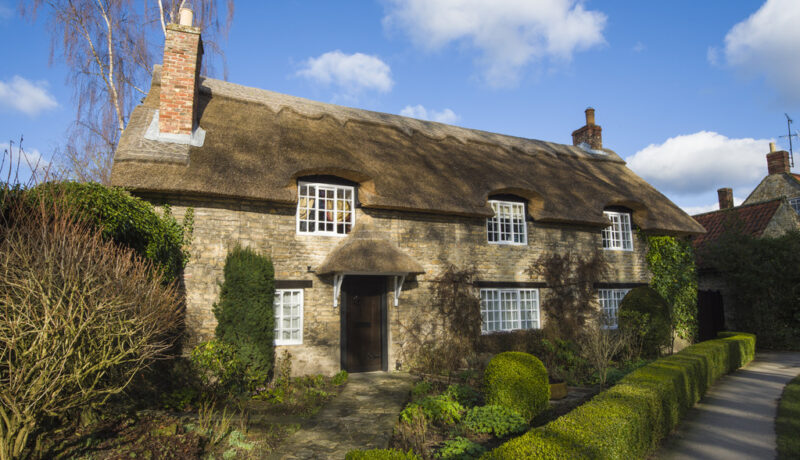How to Highlight Architectural Details in Heritage Home Photography

Heritage homes are statements of craftsmanship, history, and design that test the sands of time. Knowing architectural details, lighting, and composition are vital to do justice to intricate designs through photography. Whether it’s a grand Victorian home or a quaint Federation cottage, the art of drawing out these details may make all the difference between an ordinary and extraordinary image.
Understanding the Key Architectural Features
Each heritage home has its story to be told through the architectural elements. The decorative cornices, the ornate balustrades, the stained glass windows, and intricate woodwork make these properties outstanding. Such uniqueness is appreciated even before the shots are taken and helps frame the shots better.
For example, angle the camera to emphasise texture to create depth, thereby underlining the richness of materials like sandstone, brick, and wrought iron. Decorative mouldings or pressed metal ceilings are excellent close-ups to highlight the craftsmanship involved in the construction of heritage homes.
Mastering Light and Shadows
Lighting is an excellent element in bringing forward the details of the architecture. Natural light will most often best bring out the character of heritage homes, with its warmth and depth in the texture. The softer light will be available in the early morning and late afternoon, thus eliminating the harsh shadows but giving an equal exposure.
For interior shots, positioning the camera to take advantage of natural light sources, such as large sash windows, enhances the home’s ambience. The interplay of light and shadow can also add drama to intricate wood carvings and patterned tiles. When shooting at night, warm artificial lighting can create a nostalgic atmosphere, complementing the historical essence of the home.
Composition Techniques for Emphasising Details
Framing is required to highlight architectural details. Some of the leading lines are an arch line, a beautiful staircase, and others that illustrate a path for the eye through the picture. Symmetry, too, plays a great deal in this case, especially in homes having classical design elements like Georgian or Edwardian facades.
It’s possible to balance an image without centering its main features with the rule of thirds. A low-angle shot, for example, would tend to emphasise the grandeur of a building’s façade; however, for capturing intricate tilework or flooring patterns, it would be much better to have a high-angle shot. Thus, experimentation in different angles assures a varied collection of shots telling a more inclusive visual story.
Showcasing Textures and Materials
The materials used in heritage homes make a huge difference in their character. The use of photography to expose textures provides depth and authenticity to the image. Stonework, old timber, wrought iron fences have a different beauty that can be further lightened upon with proper concentration and lighting.
Macro photography is one of the best ways to emphasise the fine details in a home’s design. Capturing the grain of a hand-carved wooden door or the fine patterns of a leadlight window is the kind of craftsmanship that defines heritage properties. An aperture adjusted to create a shallow depth of field will isolate these details and minimise distractions in the background.
Keeping Modern Elements Out of Frame
Heritage home photography is an art of taking pictures so as to transport a viewer back in time; thus, the presence of modern distractions such as power lines, parked cars, or contemporary signage should be minimised. When possible, adjust the frame or shoot from an alternative angle to exclude these elements.
For interior shots, removing contemporary items such as electronic devices or modern furniture can maintain the timeless feel of the space. If certain elements cannot be avoided, they can be subtly minimised in post-production editing to ensure they don’t detract from the heritage aesthetic.
Post-Processing for a Timeless Look
Editing is an important aspect in bringing out the best in heritage home photography. Enhancement in contrast and sharpness brings out textures, and effects of warmth may build a feeling of nostalgia. Colour correction ensures that the colours of timber, stone, and brick are correctly reflected as they are in real life.
Black and white editing enhances the structure and contrast, so it can appear to be even more classic. It is also very great for houses which have lots of intricate ironwork or really dramatic architectural details. However, it should always be kept in a very natural image as much as possible because too much editing will dilute the genuineness of the shot.
The Role of Heritage Home Photography in Restoration
Quality photography is often utilised in recording heritage homes for restoration projects. An accurate representation of architectural details will help in the process of heritage home restoration Melbourne projects, thereby making sure that repairs and refurbishments stay true to the original design. Property photography will capture the fine details of that piece of property and so contribute to the preservation of Australia’s architectural heritage for posterity.
Final Thoughts
Photographing heritage homes is both art and a call to responsibility. Once armed with knowledge of architectural features, how to use available natural light well, and what composition techniques work, photographers can adequately capture the essence of historic properties. Documentation or promotion, or simply an appreciation for heritage homes, presenting the beauty of heritage homes through photography ensures that their timeless charm continues to be celebrated.
